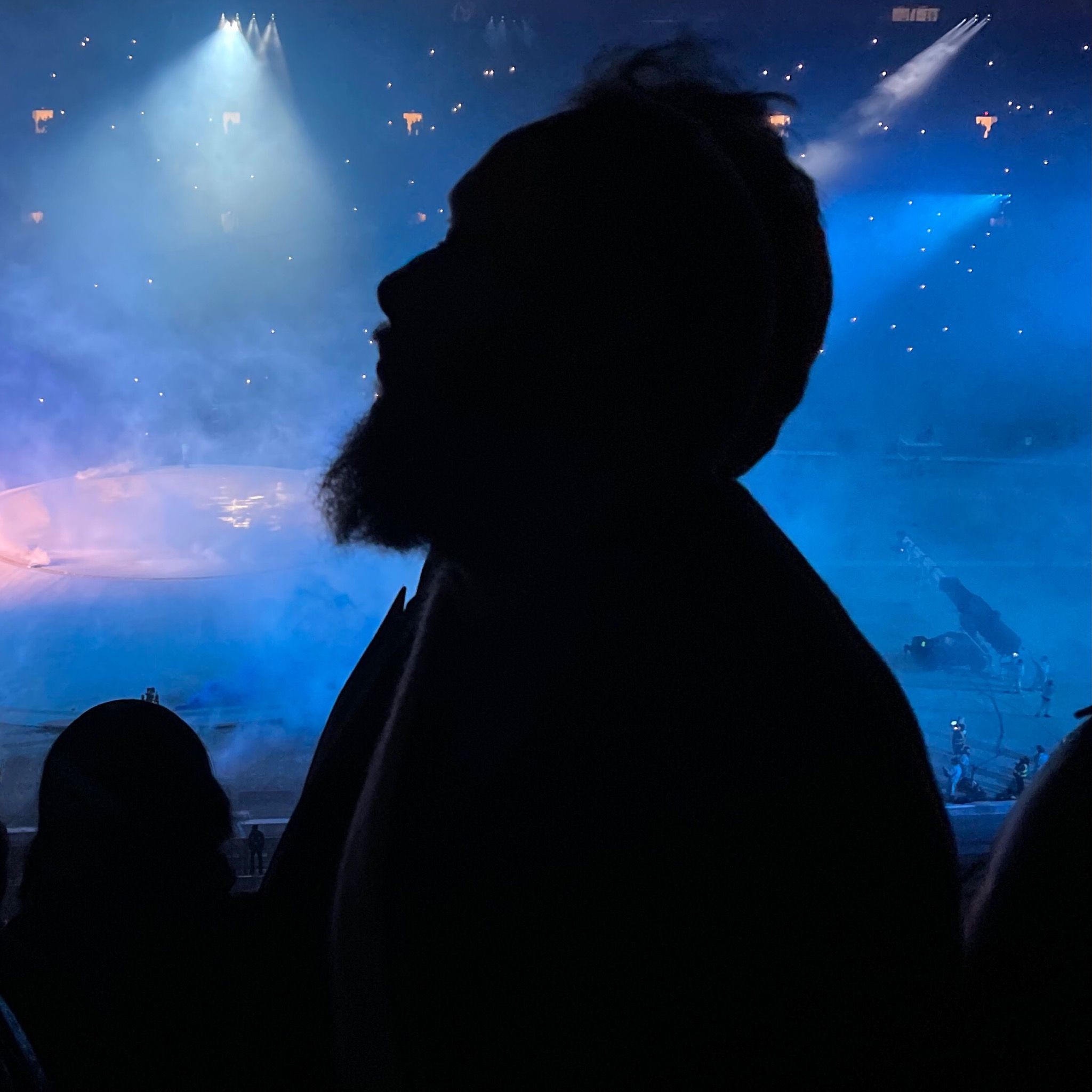Skyrim Sunsets: Artist JON RAFMAN on Exploring VR with the Oculus Rift Development Kit 2
|Thom Bettridge
In a tech landscape dominated by the emergence of wearables and other forms of networked practicality, the Oculus Rift Development Kit 2 is a push towards escapism. Its improved verisimilitude sets a new standard in a category that has come a long way since the nausea-inducing VR headsets of the 1990s. This shift in consumer technology has also called forth a wave of experimentation in the platform of 360-degree media. In the past year, more content has been developed for virtual reality than in the last two decades combined.
Artist JON RAFMAN is a flaneur-like wanderer within the darker recesses of the World Wide Web. His multi-disciplinary practice has brought him into contact with pro gamers, furry subculture message boards, and quicksand fetish communities. In 2010, Rafman’s work travelled across the Internet with 9Eyes, an extensive collection of surreal images that he screenshot during marathon sessions in Google Street View. His recent videos Still Life (Betamale) and Mainsqueeze operate through the gaze of the Internet troll, deliriously spinning through window after window of crush films and anime porn. Drawing from a massive bank of source material, Rafman has developed an eye for sublime banality – moments in which our distinctions between the virtual and the physical collapse into cavernous fissures of longing and déjà vu.
032c’s Thom Bettridge spoke with Rafman about the projects he is developing for the Oculus Rift virtual reality headset.

THOM BETTRIDGE: Browsing for source material is a big part of your process. What type of media have you been discovering for Oculus Rift?
JON RAFMAN: What I find most exciting about virtual reality is that it is basically still virgin territory. I see parallels between the potential rise of VR as a mass media and the emergence of cinema in the early 20th century. The technology is still in its infancy and little has been attempted to develop the language and grammar of VR. It is still possible to become the next D.W. Griffith or Sergei Eisenstein of VR – and amongst artists, there seems to be a rush to claim territory. What sets VR apart from cinema is that rather than a rectangular frame, we have a full 360 panoramic experience to wrap your head around. In my searches online, I’ve found everything from experiments by kids and hobbyists, to promo videos for start ups, to porn. There seems to be broadly two categories of VR experiences – one in which the environment is completely computer generated, and another in which the environment is captured in 360-degree video. These two are intensely different. The video feels almost like a recording of a dream or a memory, whereas the computer generated VR has a much more interactive quality.
You recently mentioned that you were spending four or five hours per day lying under trees in Second Life. Can you describe what was going on in there?
One of the first things I did when I got my Rift was download Second Life for it. I spent a lot of time returning to all of my old favorite stomping grounds, re-experiencing them in full, immersive glory. In fact, Linden Labs, the company that started Second Life over a decade ago, was trying to develop a full Virtual Reality world inspired by the metaverse in Neal Stephenson’s Snow Crash, but the technology wasn’t advanced enough at the time. The desire for this sense of full immersion has been lurking – lying in wait for so long now, that’s it’s actually kind of surprising it has taken so long to develop. I was expecting it in the 90s, but it failed to materialize. Now it’s suddenly back in a big way.
This past December in Miami, you rented out a suite during the art fairs and invited a mix of artists, gallerists, and collectors to “rift” in a virtual environment that was modeled after that very same hotel room. What was it like baptizing all of these people into virtual reality experience?
What is currently lacking in most VR experiences is the haptic aspect. That is, for the most part, you can’t really touch or feel what you see. In contrast, in the Rift experience I created in Miami, people were actually able to feel the same surroundings they were seeing in the headset. They started off with their hands pressed against the window glass, and they were able to sense the real ocean breeze behind them. But it’s still impossible to have the VR experience perfectly align with the actual sensory experience of touch and proprioception, so there was a significant sense of disorientation. I saw a flood of different reactions to being in this virtual space. It turned out to be a kind of a social experiment on the range of possible reactions to VR. Some people really wanted to move through it and explore the boundaries of it, while other people remained more paralyzed, almost treating it as a non-interactive media like TV.
You once told to me that there’s a feeling of seasickness that you get when you’re inside the Oculus for too long. How would you describe that?
If you wear the headset too long the first time, you will get nauseous. This is one of the main issues VR companies are trying to overcome. Unlike TV and film, the technology really has to master our neurobiology. But it also may be a metaphorical seasickness – maybe something ontological, the existential angst that comes from confronting yet another new plane of reality.
What type of psychological spillage occurs when you return to the real world?
In the future, the difference between virtual and real will seem obsolete. In fact, it may be quite difficult for the next generation to understand this dichotomy at all. It’s already the case with pre-existing technology that spillage often occurs. VR just affords a greater degree of immersion. For example, when I see a beautiful sunset, it often reminds me of a sunset from Skyrim. It’s really that sense of the uncanny that I’m referring to again – that feeling of déjà vu that comes from encountering something you’ve already experienced in a digital environment.
It’s like Paris Syndrome.
Yes, and its inverse? Like, there are people from huge swathes of the world who intimately know the streets of Los Angeles from playing Grand Theft Auto. They have this uncanny experience the first time they visit LA, where it’s like, “Oh, wow! This is exactly like the game.” They can’t steal cars and beat up random people on the street without consequence, but they will already know the ambiance – the quality of the light and the architecture. This experience of already having been here will only become more commonplace with the advent of VR.
Credits
- Interview: Thom Bettridge

